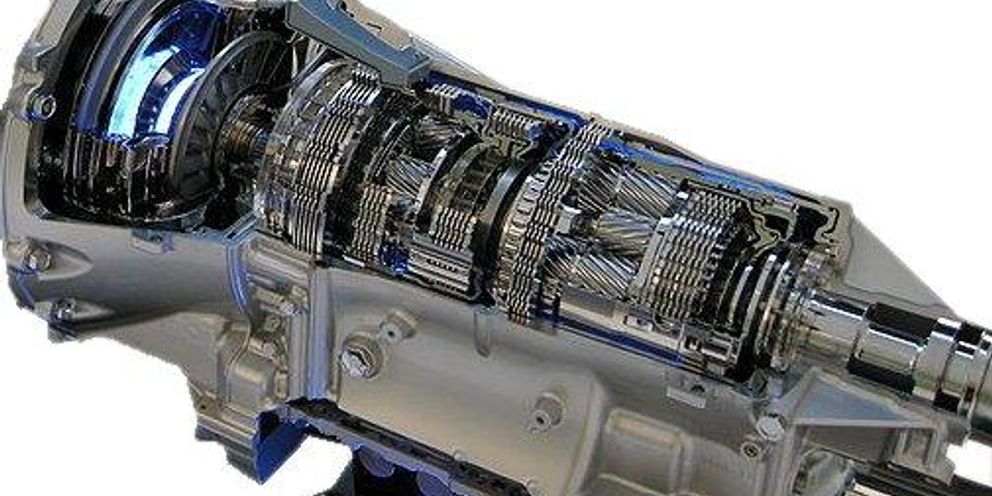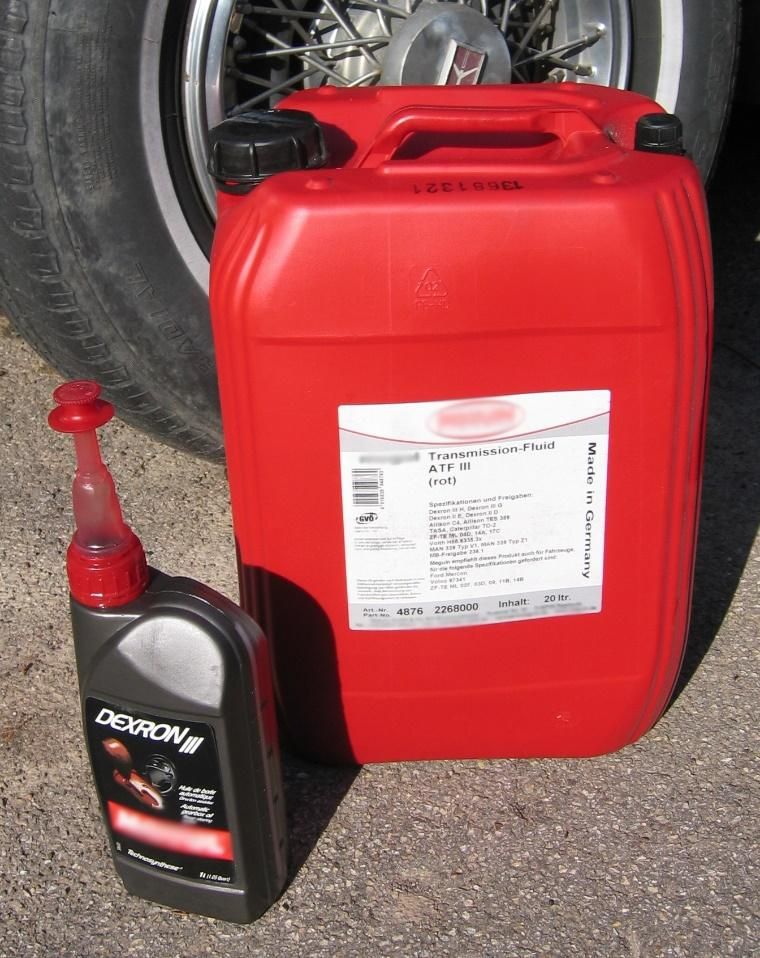
Do You Really Need to Check or Change the Transmission Fluid?
Transmission fluid is a crucial component for the transmission to function well and can extend the mileage of a vehicle. The transmission has a lot of moving parts that require care and maintenance. Changing transmission fluid on a vehicle depends on a wide range of factors such as the make of the car, mileage, automatic or manual transmission, and even the type of driving. Maintaining good quality transmission fluid and performing routine maintenance can have a lasting impact on the vehicle's upkeep.
What Does Transmission Fluid Do?

Each time a driver shifts gears on their vehicle, it puts stress on the transmission. Metal components inside the transmission grind together, causing the temperature to rise. Transmission fluid serves as a lubricant for those components while cooling the transmission.
Symptoms for Low Transmission Fluid
Fresh transmission fluid is typically red, and sometimes it can be colorless. As it breaks down, the color will turn darker, causing poor performance in the transmission. There may even be a burning odor, indicating that there are transmission problems. Lack of lubrication can cause more wear and tear on the transmission's components.
Why You Might Need Fresh Transmission Fluid
As transmission fluid ages, it loses its ability to effectively lubricate and cool the transmission. Debris can also build up, which affects the quality of the fluid and can cause gradual wear and tear on the transmission parts. More stress on the transmission, such as stop-and-go driving or heavy loads, will wear down the transmission fluid at a greater rate. Those driving conditions create more heat in the transmission and put more stress on the transmission fluid.
How to Check Your Transmission Fluid
A car's owner manual will provide more details on the process for checking transmission fluid. For most cars with automatic transmission, the dipsticks are located under the hood near the back of the engine. Car owners can easily check it by pulling it out and inspecting the color of the fluid. Red or colorless fluid means the fluid is in excellent condition. If the fluid is darker or has a burnt odor, then it needs to be changed. If there are flecks of metal in it, then the transmission may have a failing component and needs to be immediately checked by a mechanic. Some newer cars don't have a transmission dipstick. For those, the fluid is usually checked from under the car and may require a professional mechanic.
Transmission Fluid Flush or Drain?
Draining transmission fluid simply means that the fluid is allowed to drain out of the transmission, and this process will leave behind residual fluid. Flushing the transmission fluid is a process in which a pump pushes fresh fluid in, pushing the old fluid out. This method completely removes the old fluid with fresh fluid. During this process, mechanics will often change out the filter and pan as well.
There are different theories about whether to flush or drain. Some car experts will say fresh fluid that is flushed into the transmission can damage it. A car owner should always refer to the owner's manual when choosing how to change their transmission fluid.
What Type of Transmission Fluid Do I Need?
The type of transmission fluid depends on whether the vehicle has an automatic or manual transmission. Traditional transmission fluid is made from crude oil and has a different chemical reaction than synthetic fluid. Synthetic transmission fluid is made from specific chemical reactions, making it less likely to oxidize and break down at high temperatures. Automatic transmissions require fluid that assists in the hydraulic functions of those moving parts. Manual transmissions are typically seen in older cars that require a heavier fluid.
How Often Should Transmission Fluid Be Changed?
For the most part, vehicles require a transmission fluid change at 100,000 miles, but that will vary by the make of the vehicle and the conditions of driving. The more stressful the driving conditions, the more frequently the transmission fluid needs to be checked.
Because manual transmissions require frequent shifting, they have a different maintenance schedule than automatic transmissions. Vehicles that tow heavy loads or require frequent stops may also need to have their transmission fluids checked on a different schedule.
Hazards of Deferred Maintenance
Whether a car owner needs to rebuild a transmission or install a new one, the work can cost thousands of dollars. These expenses can easily be avoided by checking the transmission fluid according to the vehicle's maintenance schedule and replacing it as needed. It costs far less money to change your transmission fluid on a routine basis than it does to replace the transmission entirely.
Regular Maintenance a Must
Just like checking a car's engine oil, checking the transmission fluid is an essential maintenance task that vastly improves the longevity of a vehicle. Manual transmissions are more prone to those tiny metal particles that can wear out transmission components. Although automatic transmissions don't experience as much wear and tear, changing the transmission fluid on schedule will greatly extend the mileage of any vehicle.
Extra Transmission Fluid Tip
Before a car owner decides whether to change their transmission fluid, they should always check the owner's manual for recommendations.
Regardless of the quality of the transmission fluid, a vehicle should not be low on transmission fluid. If it is low on fluid, then that's a good indication that there is another problem such as a leak, and the vehicle should immediately be taken in for inspection and service.
Additives are available to improve the performance of transmission fluid. If the transmission slips while shifting but the fluid is still red or clear, then "Stop Slip" additives are available to reduce that slippage. To avoid overfilling the transmission, it's important to remove fluid before applying the additive.
Featured Image Credit: By Silverxxx File:Lexus IS F 07.JPG, CC BY-SA 3.0,
In Post Image Credit: Hans Haase, CC BY-SA 4.0, via Wikimedia Commons
Updated